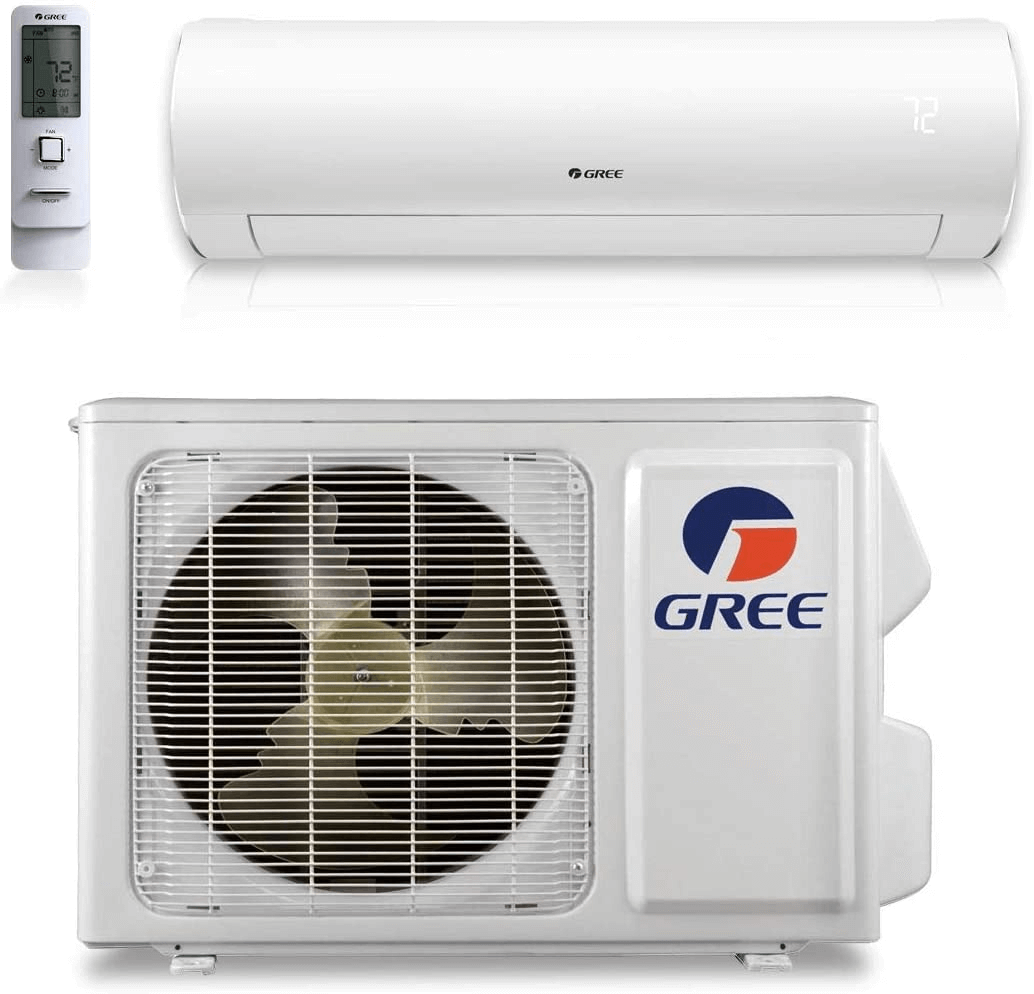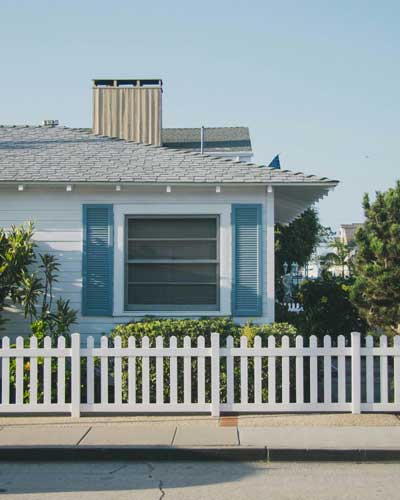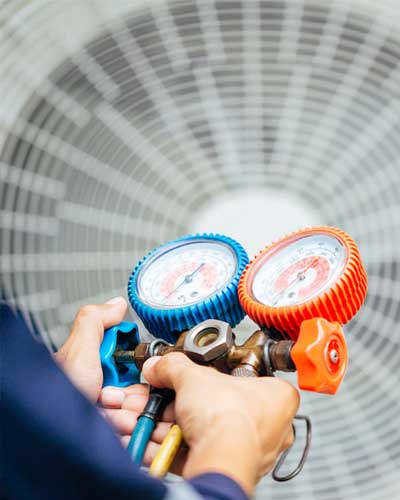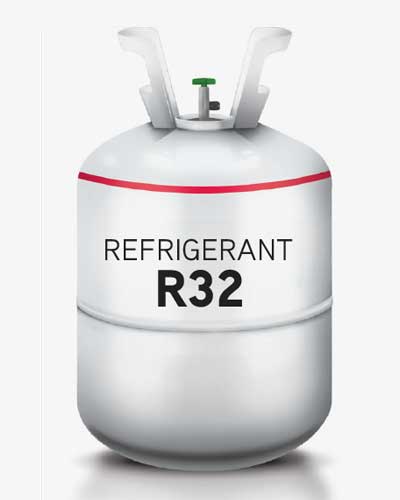
Multi-Zone vs Single-Zone Mini-Split Systems: A Comprehensive Guide for HVAC Contractors
Understanding Mini-Split Systems: An Overview
In the world of HVAC systems, mini-split systems have emerged as a popular solution for managing heating and cooling needs with improved versatility and energy efficiency compared to traditional HVAC systems.
Single and Multi-Zone systems can be installed without ductwork, making them cost-effective to install. And both systems work by using the process of heat transfer to absorb heat from the outside and transfer it inside to heat homes and buildings, and reversing the same heat transfer process to remove heat from inside while in cooling mode. This process of heat transfer is much more energy efficient than the combustion process used by traditional HVAC systems, and the fact that they transfer heat without ductwork makes them even more efficient, as much of the heat created by traditional heat systems is lost through leaky ductwork.
As a contractor, technician, or engineer, understanding the key differences between single-zone and multi-zone mini-split systems can enable you to provide sound advice to your clients and deliver the best solutions for their specific needs.
Single-Zone vs Multi-Zone Mini-Split Systems
What is a Single-Zone Mini-Split System?
A single-zone mini-split system consists of one indoor air-handler unit (or 'head') and one outdoor compressor unit. This type of system is designed to provide air conditioning in one specific area or 'zone' within a space, providing individualized control over temperature settings in that area. Single-zone systems are often used in small homes and commercial spaces, scenarios where there is only a need for additional heating or cooling in a specific room, or to bring air conditioning to a section of a home that doesn’t receive heating and cooling through its original HVAC system, like a garage, a newly finished basement, or a home addition.
What is a Multi-Zone Mini-Split System?
A multi-zone mini-split system, on the other hand, is designed to manage the climate across multiple rooms or areas in a space. The system features a single outdoor compressor (or sometimes more depending on the size of the home or commercial building) that connects to multiple indoor units. Unlike single-zone systems, multi-zone mini-split systems allow for individualized temperature control in different zones. While the entire system must be in heating or cooling mode, each zone in a multi-zone mini-split system can be controlled independently for optimal individual comfort.
Single-Zone Mini-Split Systems: Advantages and Limitations
Benefits of Single-Zone Mini-Split Systems
Single-zone mini-split systems offer several advantages. Firstly, they are generally less complicated to install, given that they only involve connecting one indoor unit to the outdoor compressor through a small hole in an exterior wall. This simplicity can reduce installation time and costs. Additionally, because there are less components to a single-zone system, there is less to maintain and clean over time. Finally, if your space can be effectively cooled by just a single-zone system, your installation costs will likely be lower because of the simple installation. If you have a small home that is otherwise perfectly air conditioned other than one room that gets too hot from the sun, a single-zone mini-split system could be a fantastic, cost-effective solution.
Cons of Single Zone Systems
On the downside, a single-zone system's ability to cool or heat is confined to one area, limiting its effectiveness for larger homes with multiple rooms. If a homeowner seeks to cool multiple rooms with a single-zone system, this could potentially lead to uneven temperature distribution. Another drawback is that adding more indoor units to a single-zone system may not be possible depending on what type of outdoor unit you have installed.
Multi-Zone Mini-Split Systems: Advantages and Limitations
Pros of Multi-Zone Mini-Split Systems
Multi-zone mini-split systems provide HVAC contractors with valuable flexibility and benefits for their clients. These systems allow homeowners to have precise control over the climate in individual rooms or zones throughout their space, offering personalized comfort and energy efficiency benefits. By independently adjusting the temperature in each room, occupants can avoid wasting energy on heating or cooling unoccupied areas, leading to potential energy savings.
One of the key advantages of multi-zone mini-split systems is their ability to accommodate heating and cooling larger spaces. These systems are designed to support multiple indoor units connected to a single outdoor unit. For instance, GREE's MultiPro multi-zone mini-split can be connected to up to 10 indoor air handlers, across 7 different styles. This capability is particularly beneficial for larger homes or buildings with multiple rooms, as it allows for customized temperature control in each area.
Cons of Multi-Zone Systems
Multi-zone mini-split systems provide HVAC contractors with versatile solutions for their clients, but it is important to be aware of the potential considerations and challenges associated with these systems. One aspect to consider is the higher upfront costs compared to single-zone systems. The increased complexity of multi-zone systems, with the need for multiple indoor units and the corresponding outdoor unit, can result in higher equipment and installation costs. It is important for contractors to communicate these cost differences to their clients and help them understand the long-term benefits and value of investing in a multi-zone system.
Another factor to keep in mind is the installation process of multi-zone systems. Installing and connecting multiple indoor units requires more labor and time compared to single-zone systems. Contractors need to carefully plan the placement and configuration of the indoor units to ensure optimal performance and airflow in each zone. It is crucial to assess the space requirements, electrical connections, and refrigerant line routing for each indoor unit during the installation process. This additional complexity may require more experienced technicians and thorough coordination to ensure a successful installation. Finally, while GREE’s systems can handle many indoor units for each outdoor unit, it may sometimes make more sense to add an additional outdoor unit than to maximize the number of air handlers hooked up to an outdoor unit. Depending on the size and layout of the installation, an abnormally long run between an indoor unit and outdoor unit can increase the time needed for the refrigerant to travel between units, bringing down the systems efficiency – Not to mention the additional copper and other materials that are needed to properly connect the units through a complicated layout.
Can a Single Zone Mini-Split System Cool Multiple Rooms?
HVAC contractors should be aware of the capabilities and limitations of single-zone mini-split systems when it comes to cooling multiple rooms. While a single-zone system is designed to primarily condition a specific area, it is possible to extend its cooling or heating to adjacent rooms if the doors connecting these rooms are left open. However, it is important to note that this approach may not provide the same level of efficiency and comfort as a dedicated multi-zone system.
Contractors should inform their clients that relying on a single-zone system to cool multiple rooms may result in uneven temperature distribution and potential energy wastage. The lack of individualized control in each zone can lead to discomfort if occupants in different rooms have varying temperature preferences. Additionally, the system may need to work harder to maintain consistent temperatures throughout the interconnected rooms, which can impact energy efficiency and increase operating costs.
Unless it is a very small and efficient space, contractors should likely recommend the installation of a multi-zone mini-split system to ensure optimal cooling and heating performance in multiple rooms. These systems provide independent control over temperature settings in each zone, allowing occupants to customize their comfort levels. By installing separate indoor units for each room, contractors can offer their clients the benefits of individualized climate control, energy efficiency, and enhanced comfort.
Installation Considerations for Single and Multi-Zone Systems
Installation of Single-Zone Heat Pump Systems
Installing a single-zone system involves connecting one indoor unit to the outdoor unit (the “compressor”). While this is generally a straightforward process, it requires careful consideration of the unit's location to ensure optimal performance and convenience. Ideally the outdoor unit would be installed on the exterior of the same wall that the indoor air handler is hung on, in order to create the shortest run possible between units for the refrigerant line.
Installation of Multi-Zone Systems
Installing a multi-zone system is a more complex task than installing a single-zone system as it requires contractors to connect multiple indoor units to the outdoor compressor. This process demands meticulous planning to ensure an efficient layout of refrigerant lines and power connections. Contractors must calculate line lengths and consider the distances between the outdoor unit and each indoor unit. Sizing and insulating the lines properly are crucial to minimize energy loss. Furthermore, the contractor needs to calculate the total capacity that the compressor can handle and match with the capacity of each indoor unit.
This process can be made more complicated when dealing with commercial buildings or apartments. With apartment buildings, for instance, if you’re hanging outdoor units off of the exterior walls, the installation may be fairly easy, as they can be connected through a small hole in the wall. However if for some reason you need to install the outdoor units on the roof, they will need to be connected to the indoor units by running refrigerant lines throughout the building, which can require extensive planning and additional work.
Additionally, strategic placement of the indoor units is essential to optimize airflow patterns, accommodate occupant comfort requirements, and address architectural constraints. By leveraging their expertise in system design principles, refrigerant line sizing, electrical requirements, and indoor unit placement, HVAC contractors can successfully install multi-zone systems and deliver high-quality results that meet the unique needs of each zone.
Maintenance for Single and Multi-Zone Mini-Split Systems
Proper maintenance is essential for both single-zone and multi-zone mini-split systems to ensure optimal performance and longevity. For single-zone systems, regular cleaning of the indoor unit's filters is necessary to maintain good indoor air quality and efficient airflow. Additionally, regularly servicing of the outdoor compressor and cleaning the coils helps to keep the system running smoothly.
When it comes to multi-zone systems, as expected, you must have a plan for providing maintenance multiple indoor units in addition to the outdoor compressor. This includes cleaning the filters and inspecting the coils in each indoor unit to remove any dust or debris that may hinder performance. Regular maintenance checks are vital to ensure all zones receive the desired level of heating or cooling and to prevent any potential issues from arising.
When it comes to deciding between single-zone and multi-zone mini-split systems, your client's specific requirements, preferences, and budget will play a vital role. As an HVAC professional, you have a crucial role in guiding them through this crucial decision-making process, providing valuable insights regarding the strengths, limitations, and practical considerations of each system type.
If you're currently working on a mini-split project for a client, GREE has you covered with their extensive range of replacement parts for all their systems. With GREE, you can be confident that ample replacement parts are available to keep their systems running smoothly. Additionally, we encourage contractors to visit ourd FAQ's page and access troubleshooting videos for any assistance they may need with GREE products.
To ensure you select the optimal system for each project, GREE offers the System Builder tool. This powerful tool allows you to create multiple projects and provides detailed specifications for every GREE product. By utilizing the System Builder tool, you can confidently design the perfect mini-split system that meets your client's specific requirements and ensures their utmost satisfaction.





